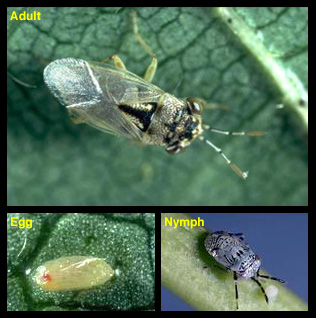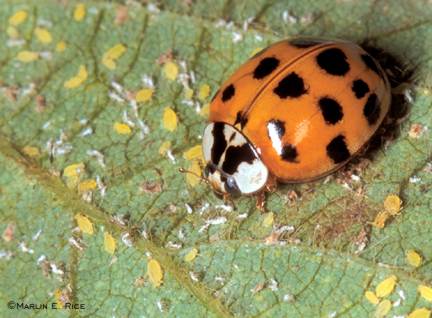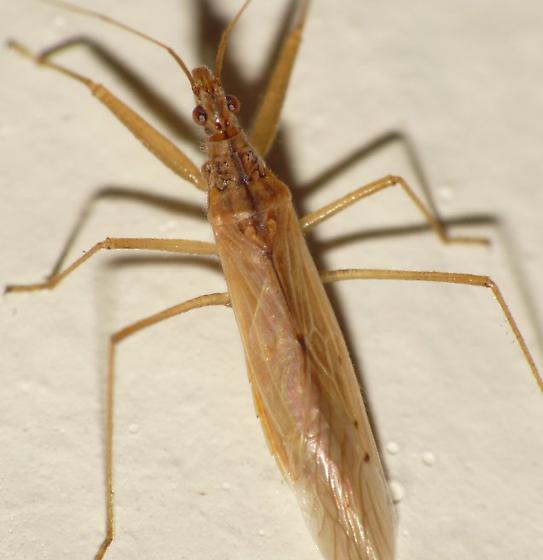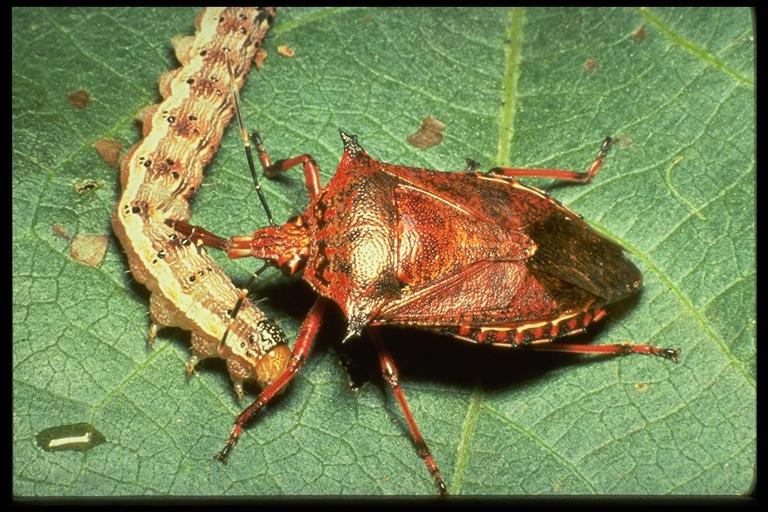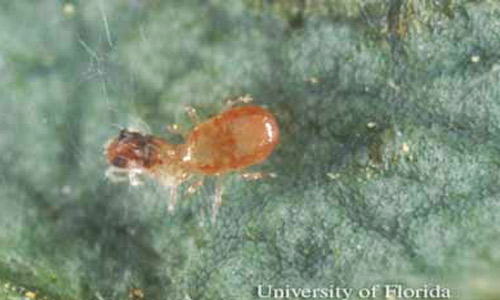Predators in Soybeans
go.ncsu.edu/readext?205808
en Español / em Português
El inglés es el idioma de control de esta página. En la medida en que haya algún conflicto entre la traducción al inglés y la traducción, el inglés prevalece.
Al hacer clic en el enlace de traducción se activa un servicio de traducción gratuito para convertir la página al español. Al igual que con cualquier traducción por Internet, la conversión no es sensible al contexto y puede que no traduzca el texto en su significado original. NC State Extension no garantiza la exactitud del texto traducido. Por favor, tenga en cuenta que algunas aplicaciones y/o servicios pueden no funcionar como se espera cuando se traducen.
Português
Inglês é o idioma de controle desta página. Na medida que haja algum conflito entre o texto original em Inglês e a tradução, o Inglês prevalece.
Ao clicar no link de tradução, um serviço gratuito de tradução será ativado para converter a página para o Português. Como em qualquer tradução pela internet, a conversão não é sensivel ao contexto e pode não ocorrer a tradução para o significado orginal. O serviço de Extensão da Carolina do Norte (NC State Extension) não garante a exatidão do texto traduzido. Por favor, observe que algumas funções ou serviços podem não funcionar como esperado após a tradução.
English
English is the controlling language of this page. To the extent there is any conflict between the English text and the translation, English controls.
Clicking on the translation link activates a free translation service to convert the page to Spanish. As with any Internet translation, the conversion is not context-sensitive and may not translate the text to its original meaning. NC State Extension does not guarantee the accuracy of the translated text. Please note that some applications and/or services may not function as expected when translated.
Collapse ▲Bigeyed Bug
Adults have large and wide eyes and brown and yellow coloring. Immatures have grey and black coloration with the same wide eyes as the adult. They are generalist feeders on insect eggs, small caterpillars, whiteflies, aphids, thrips, flea beetles and spider mites.
Green Lacewing
The adults are green with lace-like wings and a soft body. Larvae are brown and yellow with an “alligator-like” shape and a tapered tail. Some adults can be predators but it depends on the species. The larvae are generalist feeders that can feed on insect eggs, spider mites, thrips, aphids, small caterpillars, leafhoppers, mealy bugs, whiteflies and psyllids.
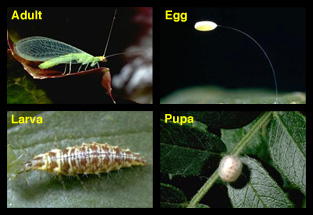
Green lacewing adult, egg, larva and pupa. Photo by UC Statewide IPM Project, University of California
Lady Beetles
Adults have a dome-shaped body on top which is flat on the bottom. Their antennae and legs are short and they have red to orange or pink coloring with dark spots with varying number of spots. The larvae have an “alligator-like” shape and can have blue, yellow, orange and red markings. The eggs are yellow or orange and laid in clusters or singly.
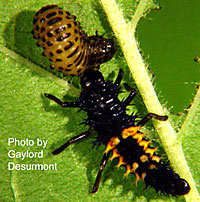
Larval lady beetle preying on bean leaf beetle larvae
Damsel (Nabid) Bug
Damsel bugs are brown colored with narrow heads and a long piercing-sucking mouthpart that is typically tucked under the body. The nymph looks similar to adults but does not have fully developed wings. They feed on caterpillar eggs and larvae, aphids, spider mites, fleahoppers, leafhoppers, treehoppers and lygus bugs.
Spined Soldier Bug
Spined soldier bug is a stink bug that has a broad shoulder that are pointed outwards. It is typically brown colored and can often be confused with stink bug pests. For quick identification, look for the pointed shoulders, alternating black and orange markings on the sides under wings, and a beak that is twice the width of the antennae. Spined soldier bugs prefer to feed on larvae like caterpillars and has been documented to feed on Colorado potato beetles, Mexican bean beetles, and lygus bug nymphs.
Predatory Mites
Predatory mites are small (0.5-0.8 mm) and prey on pest mite species. They can be located on the underside of leaves and near the midrib. They are generalist feeders but prey heavily on spider mites.
References
Frank, W. A. and J. E. Slosser. 1980. An Illustrated Guide to Predaceous Insects of the Northern Texas Rolling Plains. Texas Agricultural Experiment Station, Vernon, TX.
Wright, R.J., T.A. DeVries, and J.A. Kalisch. 2009. Beneficial Insects I. University of Nebraska, Lincoln, Extension.
Wright, R.J., T.A. DeVries, and J.A. Kalisch. 2009. Beneficial Insects II. University of Nebraska, Lincoln, Extension.
Information by R. Suits 2013



